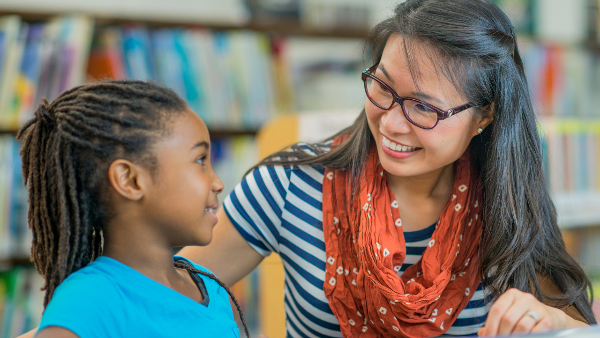How Utilizing Learning Playlists in Your Classroom Help to Make Time to Work With Individual Students
Whole-group instruction has its place, but let’s face it—it rarely meets the diverse needs of every student in the room. It leaves little room for the kind of targeted feedback that drives real learning and puts the entire burden of the lesson on the teacher’s shoulders. Sometimes after a whole-group lesson, I felt like I needed a water boy with a cup of Gatorade and a towel—I mean, I had worked. Teachers are stretched thin, and it’s time to rethink how we approach learning to better support both students and educators, especially in light of emerging, innovative technology! That’s where the Playlist Model comes in.
The Playlist Model is a personalized learning approach that offers students a sequence of activities they can move through at their own pace. By blending Universal Design for Learning (UDL) principles with technology and flexible learning options, playlists provide a framework that adapts to meet the needs of all learners while also giving teachers the breathing room they need to offer targeted feedback and focus on what matters most: their students.
To make playlists effective for all students, stick to these three strategies:
Tip 1: Blend the Ingredients
The first thing to remember is that a blended learning playlist is like a recipe—it requires three key ingredients: online learning, offline (or in-person) activities, and teacher feedback or explicit instruction. For example:
- Start with an online component, such as watching a video or completing a simulation.
- Follow it with an offline task, like posing a question on a class graffiti wall or working collaboratively to build a model.
- End with a check-in with the teacher for feedback or explicit instruction before moving on.
The beauty of the playlist is that students don’t have to complete these tasks at the same pace. While one student may be ready for a check-in, another might still be exploring the online resource. This flexibility ensures that learning is accessible and personalized.
Tip 2: Leverage Your Instructional Materials
Let your materials work for you by integrating them into the playlist. Imagine you’re teaching a science lesson with resources like simulations, diagrams, and essential questions. Instead of having every student work through them in lockstep:
- Use the simulation as an online resource students can explore independently.
- Provide options for interacting with the diagram: students could annotate it digitally, recreate it on paper, or explain it orally.
- Allow students to choose how they respond to the essential question—through writing, drawing, or creating a short video.
This approach gives students multiple ways to engage with and demonstrate their understanding, making the learning process more meaningful and inclusive.
Tip 3: Build in Flexibility and Scaffolds
One common concern with playlists is that students might struggle to manage their time or stay on task. The solution? Scaffolds and supports.
When introducing playlists, ask students to track how much time they spend on each activity. This helps them reflect on their pacing and make adjustments. You could also:
- Set checkpoints where students must complete a task before moving on.
- Group tasks into "must-dos" and "may-dos" to prioritize essential learning.
- Provide examples or models for more complex tasks to guide students who may feel stuck.
Playlists foster independence, but scaffolds ensure students stay on track as they develop those skills.
One important thing to note is that playlists are not just to-do lists; they’re a way to empower students to take charge of their learning while balancing the best of online, offline, and teacher-led instruction. By blending UDL principles with the playlist model, we can create classrooms where every student has the tools, flexibility, and support they need to thrive, in turn giving us the time to connect with them and develop meaningful relationships with our students.
Let's work together to implement personalized learning strategies that empower your students and streamline your teaching. Discover the Shift to Student-Led: Reimagining Classroom Workflows with UDL and Blended Learning or contact our team to discuss your specific needs and explore how we can help achieve your goals through workshops, coaching sessions, and universally designed professional learning.



